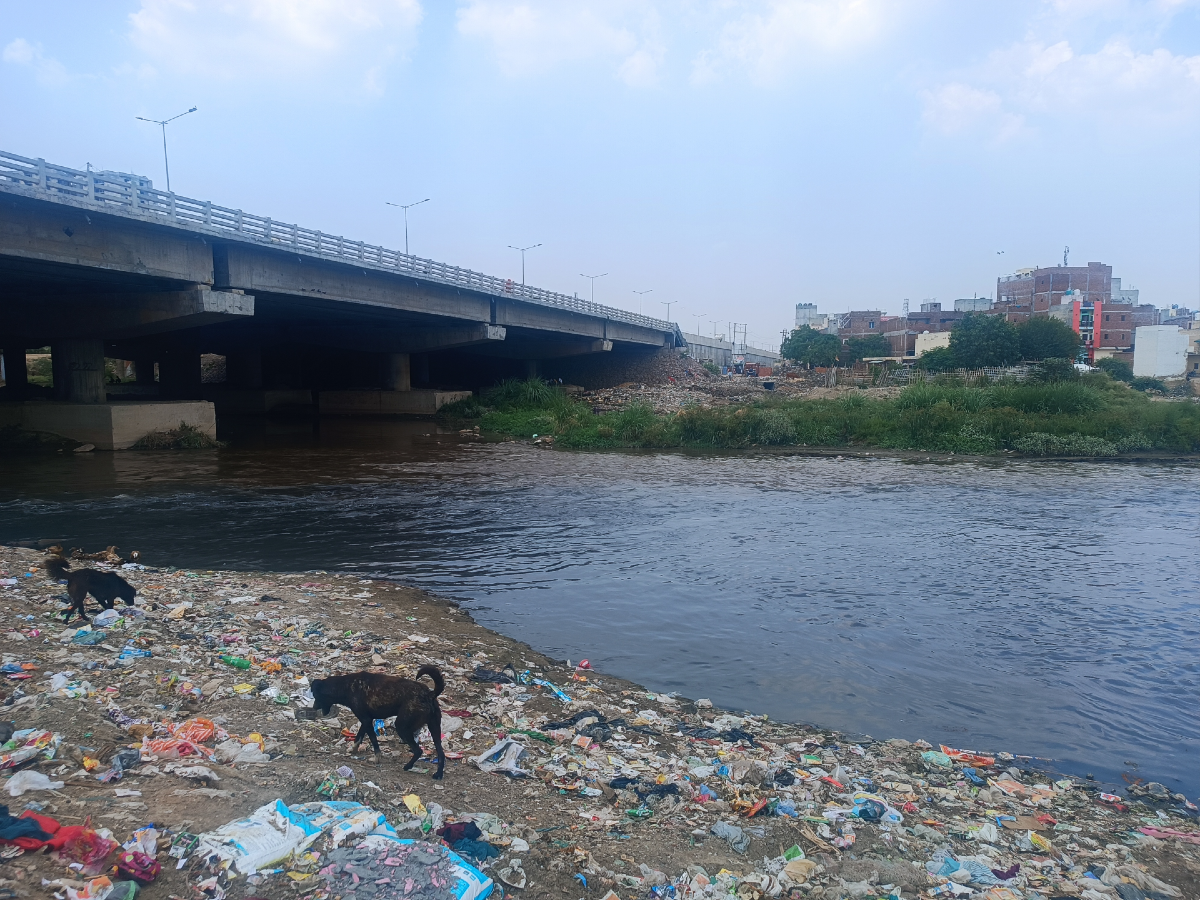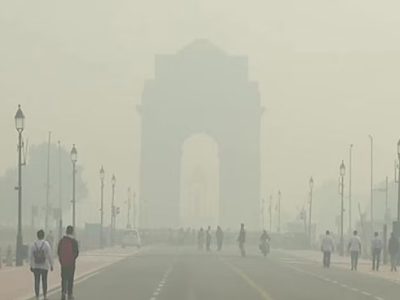The Hindon river, once a vital source of water for communities living nearby, is now facing a grave pollution problem.
Discoloured water, dogs bathing in the river, dumped sewage, and flowers left by devotees are visible even during a five-minute walk along the riverbank. The sight reveals the alarming state of this water body.
Spanning approximately 17 kilometres through Noida, Ghaziabad, and Greater Noida before joining the Yamuna River in Momnathal village, the Hindon River often resembles an open drain. Numerous industries in Ghaziabad and Noida are responsible for polluting the river by releasing untreated waste into it. Local residents have raised concerns about dyeing units in Ghaziabad, which are worsening the condition of the already struggling river.
In March 2023, the National Green Tribunal (NGT) directed a committee comprising the Union Environment Ministry and other government departments to take immediate action to clean the Hindon River.
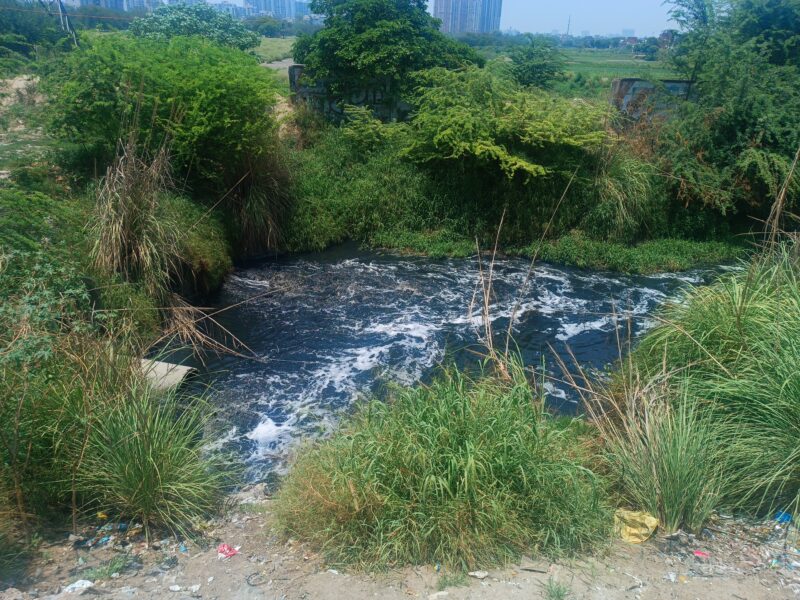
The NGT has also mandated regular status reports on the progress. However, observations on the ground indicate that very little has been done so far.
The pollution affecting Hindon River is not limited to industrial waste; local residents also contribute to the problem by dumping waste into the river. Moreover, people from nearby villages like Bahlolpur use the river water to bathe their cattle, further adding to the problem. The consequences of the contaminated water extend beyond western Uttar Pradesh, reaching even the national capital. Farmers rely on the Hindon River for irrigation, and the produce grown with this water is eventually sold in Delhi.
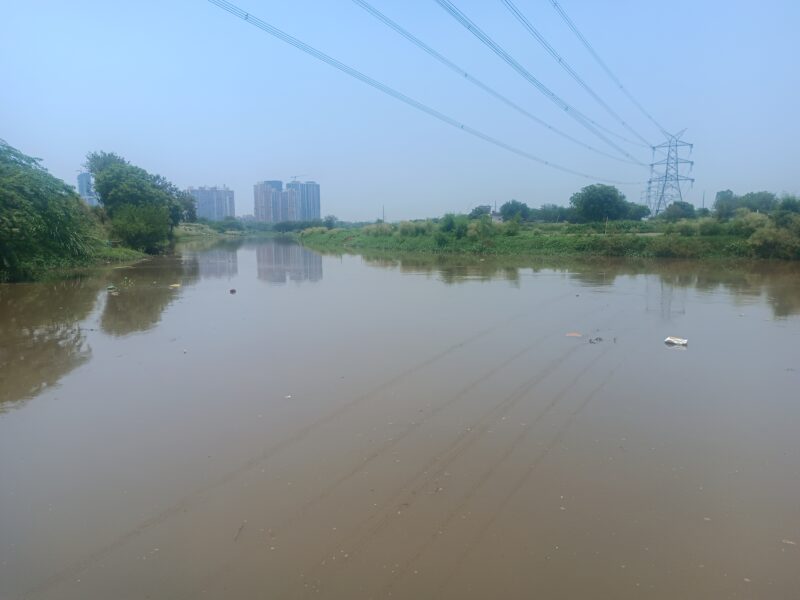
Previous reports have highlighted the unsuitability of Hindon’s water for consumption. Despite these warnings, children from nearby villages continue to bathe in the river during summer.
“We come here often when it’s hot. I take baths and swim in the river with my friends,” said Javid Khan, a 16-year-old resident of Bahlolpur.
The children are mostly unaware of the potential health risks.
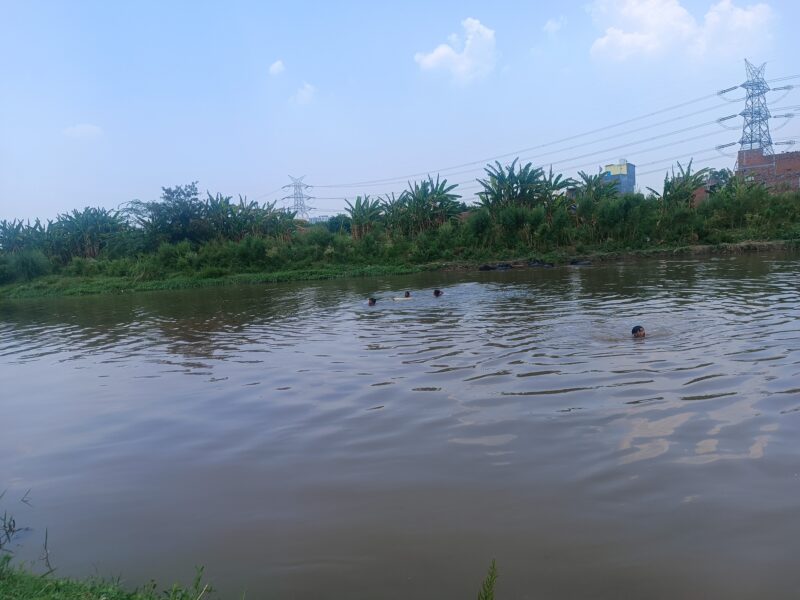
“We stick to the cleaner side of the river and avoid areas near drains. We’re not sure if it causes any skin infections,” Javed added, pointing to a drain flowing into the river just 200 meters away from their bathing spot.
The alarming pollution levels in the Hindon River require urgent attention and collaborative efforts from all stakeholders.
Unless significant steps are taken to address industrial waste disposal, sewage management, and community awareness, the river’s deteriorating condition will continue to pose a serious threat to both the local population and the environment.

